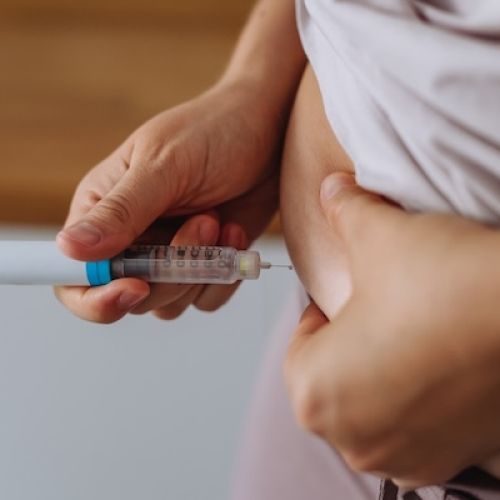Everything You Need to Know About Clomid

If you’re considering Clomid as an answer to your fertility issues, read on to learn more and see if it’s right for you.
How does Clomid work?
Clomid blocks estrogen production so your hypothalamus and pituitary glands can release gonadotropin-releasing hormone, follicle-stimulating hormone, and luteinizing hormone. As a result of this hormone release, your ovaries make eggs that can then be fertilized with insemination or during intercourse.
Is it effective?
Clomid has persisted for so many years because it’s quite effective in helping a woman get pregnant. Sixty to 80% of women who take Clomid do ovulate, with half of those women achieving pregnancy.
At the California Center for Reproductive Health, we usually have you take at least three cycles of Clomid to achieve pregnancy. If that doesn’t succeed, we may add other medications or move on to other treatments to complement or replace Clomid to treat your infertility.
Who is Clomid for?
Clomid is successful for women who suffer from anovulation, which means they don’t release eggs at all, or don’t release them on a predictable cycle. If you have PCOS, Clomid is often the first step in treating your infertility.
If you have another cause of irregular ovulation — even if it’s unexplained — you may take Clomid to stimulate a more predictable ovulation schedule, so you can time intercourse or intrauterine insemination.
You may have normal ovulation schedules, but if your partner’s sperm has a problem, you may take Clomid to increase the number of eggs you produce and improve timing of artificial insemination.
Sometimes a woman and her partner have normal fertility evaluations, but are still unable to get pregnant. Clomid is effective in increasing pregnancy rates in healthy couples with such unexplained issues.
Clomid may also be prescribed along with ART, or assisted reproductive techniques. It becomes one part of an entire treatment plan.
How do you take it?
Typically, you start Clomid around the start of your menstrual cycle, between the third and fifth day after your period begins. Clomid should induce ovulation in about seven days after you’ve taken the final dose.
The staff at California Center for Reproductive Health monitors your ovaries to look for follicle and egg development using ultrasound, so we can assess the best time to schedule insemination or intercourse.
Once you find the dosage that stimulates ovulation, you’ll continue to take Clomid for about six months — unless you get pregnant before then. After that, we move on to other fertility treatments to help you build a family.
What are the side effects?
Side effects are usually not serious. Clomid may make you feel bloated or nauseous, or cause headaches. Some women experience hot flashes and blurred vision.
Using Clomid does raise the risk you’ll have multiple births due to the stimulation of your ovaries.
At California Center for Reproductive Health, we always review your medical history before prescribing Clomid. Women who have large ovarian cysts or liver disease should not take the drug.
If you’re seeking fertility treatment and want to discuss Clomid or other therapies, call our office or schedule a consultation using the online booking tool.




